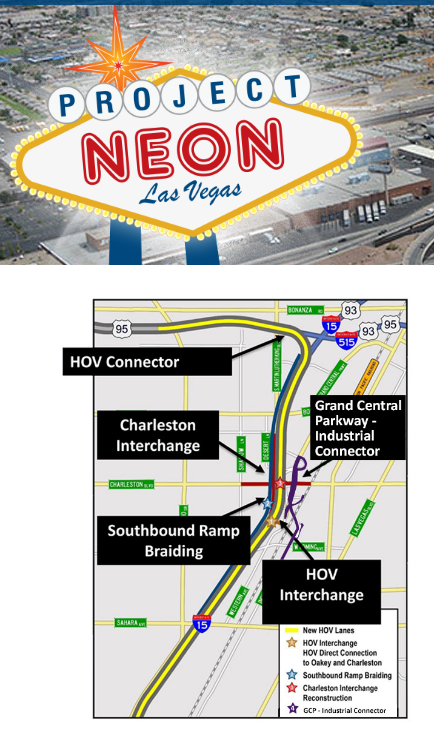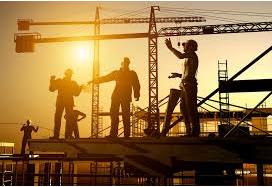Sideways Skyscraper Curse
The Skyscraper Index shows a correlation between the construction of the world’s tallest buildings and economic busts. It was created by economist Andrew Lawrence in 1999. Mark Thornton of the Mises Institute expanded on Lawrence’s work combining Austrian Business Cycle Theory to the analysis.
Dr. Thornton said in an interview,
Record-setting skyscrapers are a prominent example of how distortions in interest rates (i.e., actual rates below “natural” rates) alter the economy’s structure of production in an unsustainable manner, but obviously it is not the building of a very tall building that causes an economic crisis. The most general impact on the economy is that the structure of production is reoriented toward longer run and more roundabout production processes. Record-setting skyscrapers usually require a multitude of new technological processes and systems all of which have to have their own production, distribution, installation, and maintenance systems. This is symptomatic of the entire economy in an artificial boom.
What those of us in Vegas are wondering (h.t. Jeff Barr); wouldn’t this theory apply to large scale public works projects? The improvements are horizontal instead of vertical, but what happens at the end massive of highway infrastructure projects like the ones continuing in Las Vegas.
Project Neon is the largest public works project in Nevada history. At a cost of $1.5 billion, what is affectionately known as the “Spaghetti Bowl,” the interchange between Interstate 15 and U.S. Highway 95 located just west of downtown, is being overhauled. Mick Akers writes for the Las Vegas Sun, the “3.7-mile-long widening of Interstate 15 between the Spaghetti Bowl and Sahara Avenue, improves the busiest stretch of highway in the state. It sees 300,000 vehicles daily, or 10 percent of the state population, with 25,000 lane changes per hour.”
The project began in the spring of 2016 and this past July it was believed to be 40 percent complete. “Project Neon is nearly 40 percent complete, recording roughly 400,000 man-hours of work thus far without a recordable injury,” said Dale Keller, Nevada Department of Transportation project manager. “Meanwhile, the transformation of Martin Luther King Boulevard into an enhanced feeder-like roadway paralleling Interstate 15 is nearly complete.”
Mick Aker lists what has been done.
• More than one mile of reinforced concrete box culvert for flood control.
• The longest sign structure in the state — an automated traffic management sign, which measures 12.5-feet-tall by 77-feet-wide or about the size of video billboards common in stadiums.
• 46 girders set, including the longest precast girders in the state (168 feet long).
• 607 tons of reinforcing steel — more than five times the steel used in the Statue of Liberty.
• 6,342 cubic yards of concrete — enough to pave a 12-foot lane of concrete, 1-foot thick for 2.5 miles.
• 43 structures demolished.
• More than 17 miles of utilities installed.
While Project Neon has gone on, so have new overpasses been built at the airport and in the far north end of Las Vegas. Those are now completed. What is still underway is the I-11 extension that begins in Henderson and loops around Boulder City. Bulldozers are currently clearing the land for the Raiders stadium, a $1.9 billion project, $750 million of which is being funded by room taxes.
One’s immediate assumption would be that economic indicators in Clark County (which includes Las Vegas, Henderson and Boulder City) would be screaming. And, according to RCG Economics the numbers look pretty good from a taxable sales standpoint. RCG explains,
Despite slowing visitor growth, increased local resident and business spending in Nevada and Clark County continues to steadily fuel rising taxable retail sales. We believe much of this growth is due to the volume of construction activity combined with vigorous visitor spending. Another record high was reached in August with over $3.42 billion in sales, a 4.1% increase from last year. The increase from the previous month was 0.29%. The YOY growth rate for taxable retail sales averages 4.4% through August.
However, even with all of this stimulus the year over year growth rate has flattened and is, in fact declining slightly.
Besides public works projects, numerous hotels are renovating rooms, the Fountainbleu has been sold, cranes are working on the the old Echelon site, and Steve Wynn has closed the gold course next to his signature hotel-casino and begun Paradise Park, which includes a 47-story, 1,500-room hotel. It is “a Carnivale-based plan with a nightly parade of floats on an hourglass-shaped lagoon surrounded with a mile-long boardwalk,” reports the Las Vegas Review Journal.
No wonder locals believe another boom has just begun.
However, the Federal Reserve’s enabling of all this higher-order infrastructure largesse may be coming to an end with talk of higher rates and a shrinking of it’s balance sheet. Despite the Trump optimism, the economy is overdue for a capital goods malinvestment cleansing.
Some, here, have forgotten what happened in Vegas 10 years ago. Thornton reminds us.
Another general impact on the economy is an increase in the amount of investment and consumption, and a decrease in saving. This means that balance sheets of businesses become relatively more leveraged and thus firms become more susceptible to failure. With skyscrapers and related markets there is a large increase in capacity, namely, the amount of office space and related services means that expected future prices are unlikely to be achieved and therefore expected profits will not be achieved and losses will increase. Once boom has turned to bust, the existing capacity to produce new extremely-tall skyscrapers will greatly exceed demand for producing skyscrapers, and profit margins will be squeezed tight for the construction and materials firms that survive the bust.
By the way, the world's tallest building is underway in Dubai. Chicago has 54 skyscrapers under construction or just completed, and Boston has 10 new towers planned.
Lots of concrete, steel and hubris will turn into misery and bankruptcy, again.







